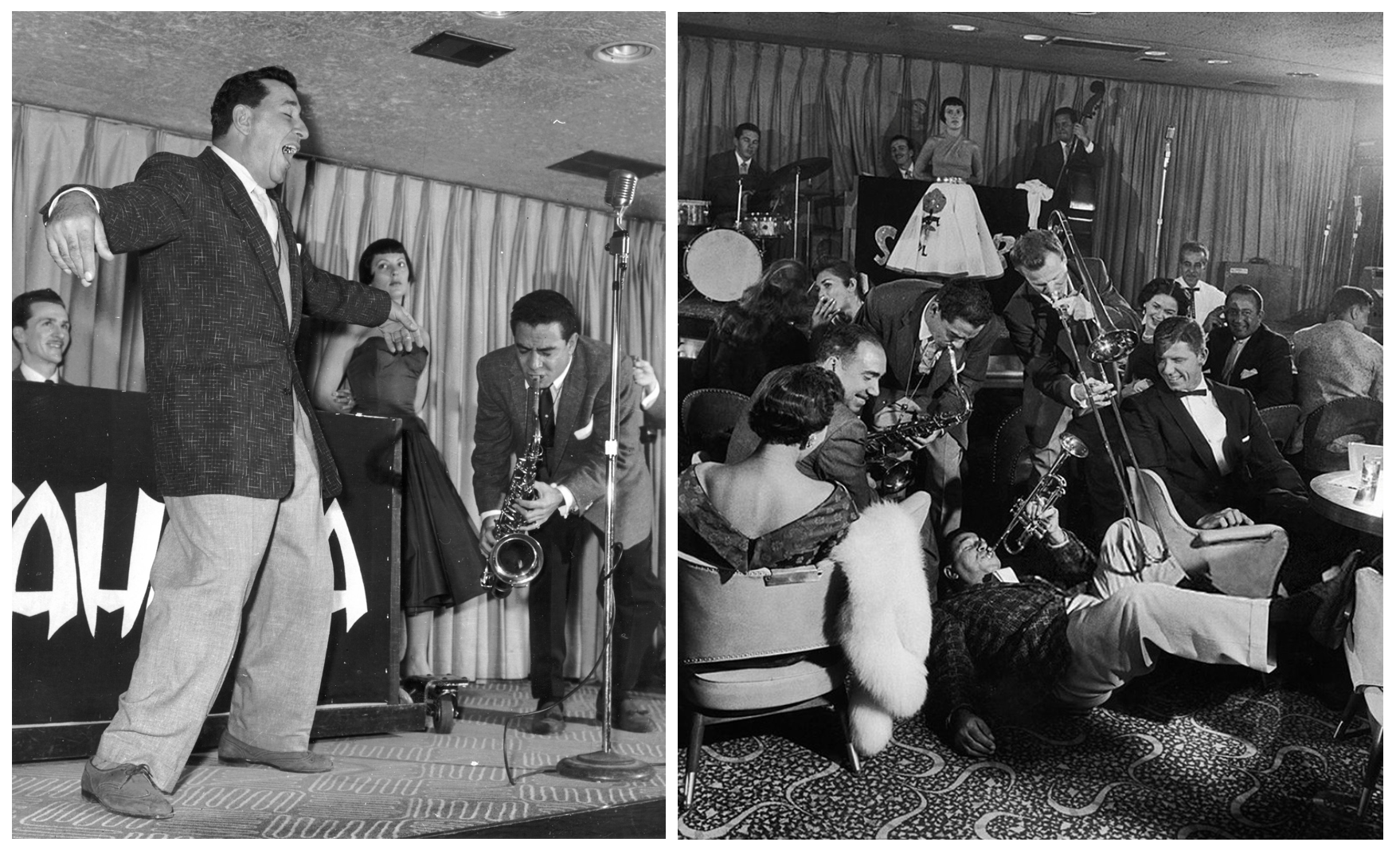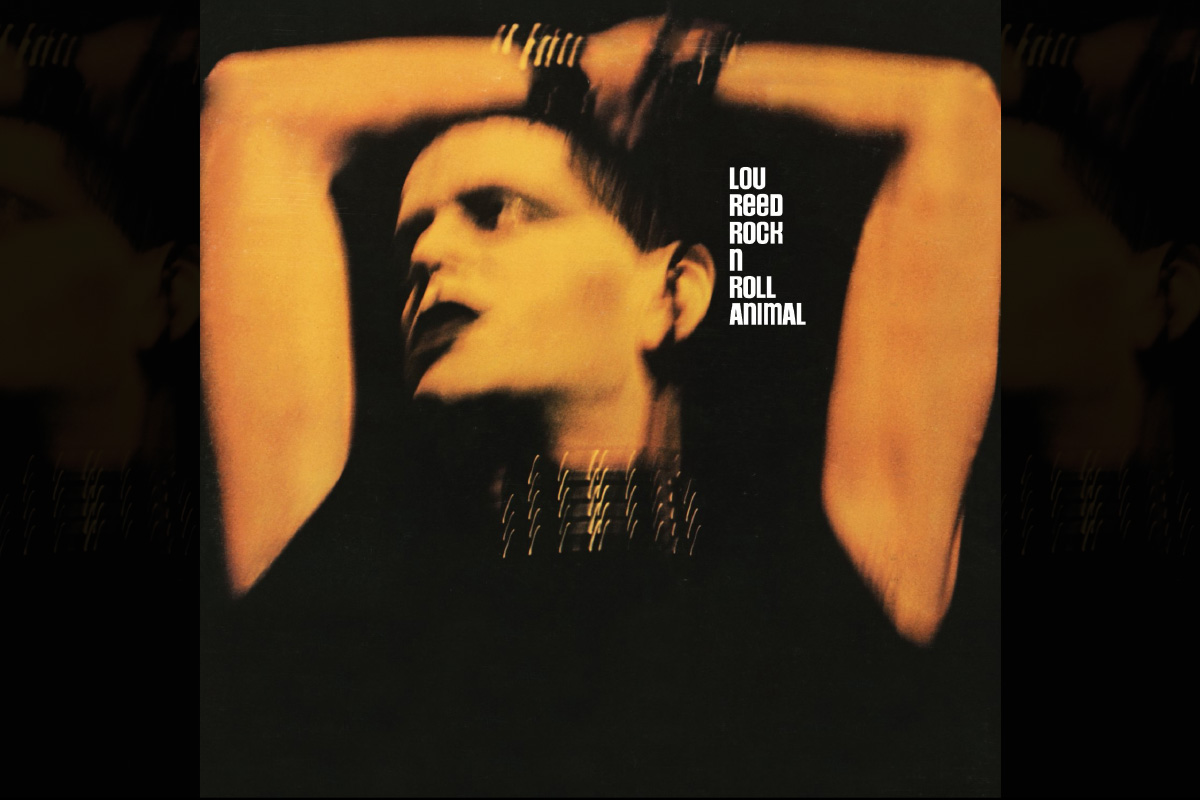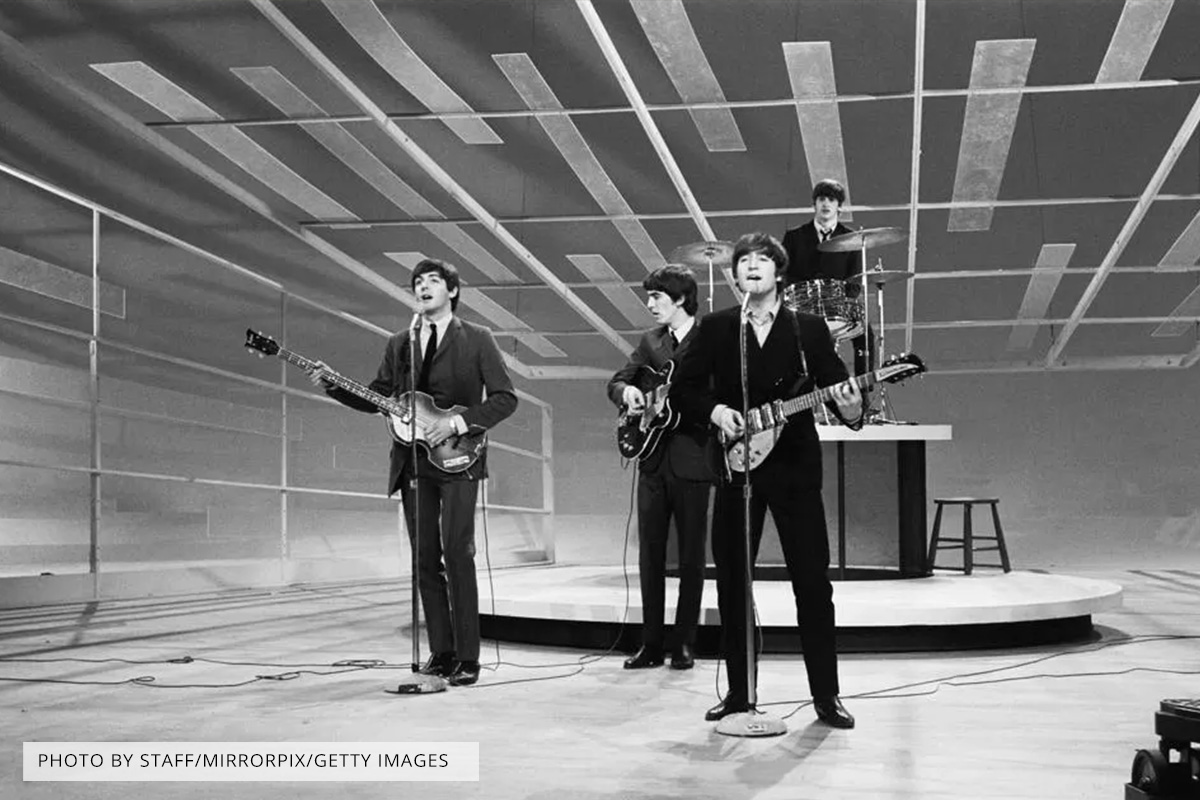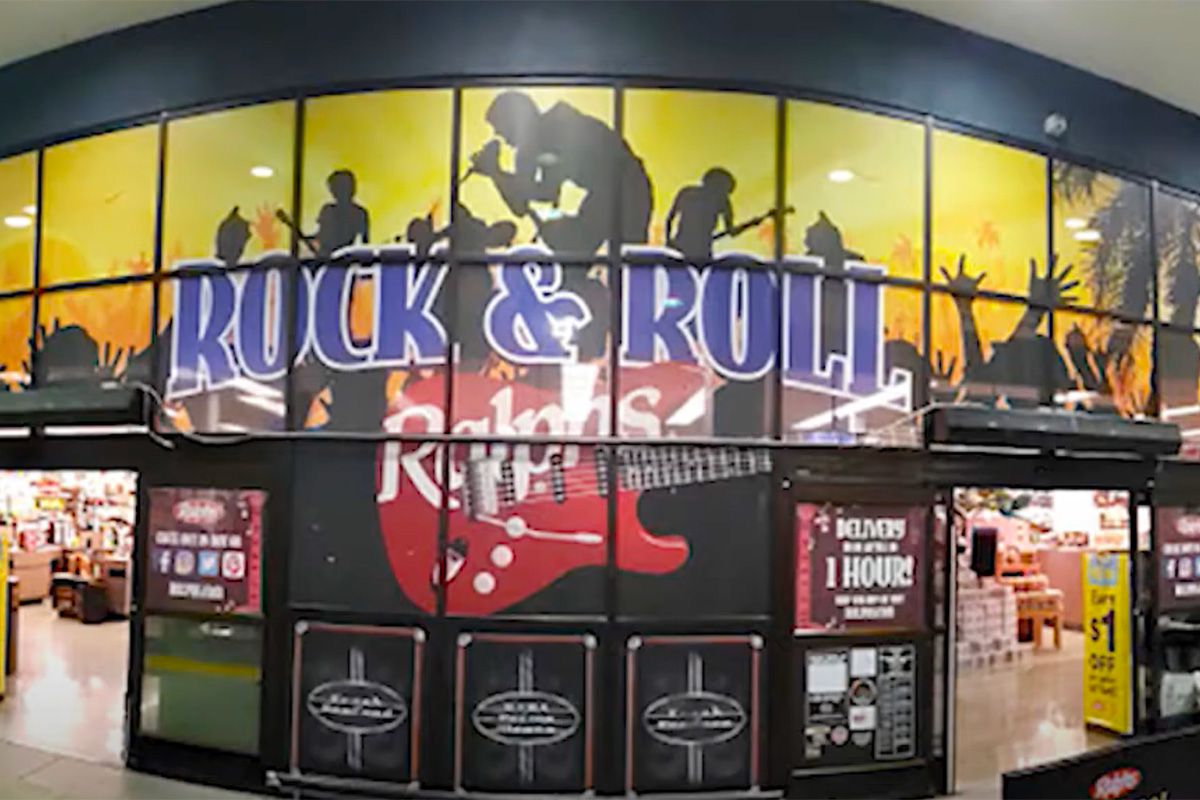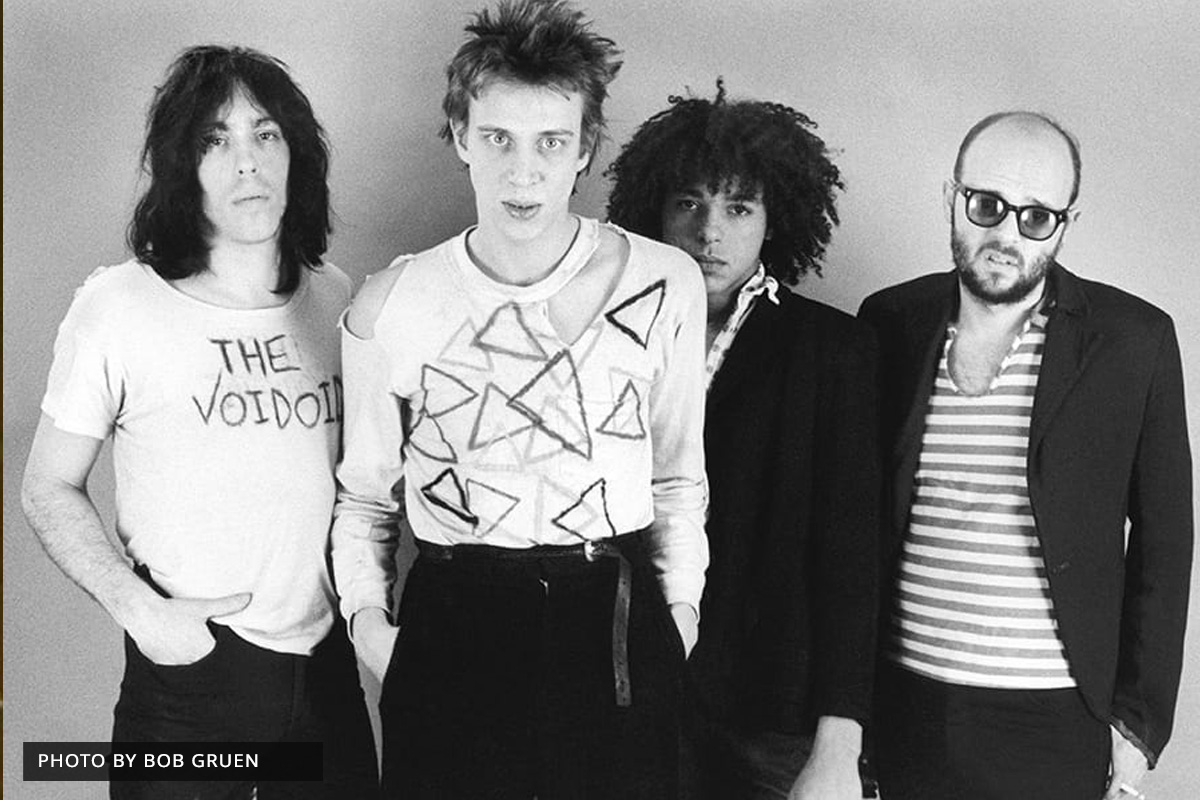©2022 By Burt Kearns
(Louis Prima, Keely Smith and Sam Butera revolutionized Las Vegas, the lounge scene and 20th century popular music when they launched their spectacular act in December 1954 at the Sahara hotel and casino on the Las Vegas Strip. The story of their success has never been told in full, and never accurately – until now. Based on long-hidden interviews with the principals and extensive research, Burt Kearns reveals how all the parts fell into place, long before that historic debut. In Part One, we meet the man who answered the call of The Wildest, the key player without whom this success story would never have happened.)
999
For Sam Butera, it all began with a phone call on Christmas Eve.
“Sam! It’s happenin’!”
“What?”
“Las Vegas! Las Vegas is happenin’ for us!”
“Boy, that’s great, Louis.”
“When can you come up?”
“Well, I don’t know. When would you want me?”
“Come tomorrow!”
It was just like that. Sam Butera, the hottest white rhythm & blues saxophone player in New Orleans and probably the country, was resting up after a car accident by playing a couple of easy nights, seated, in the Carousel Lounge, the room with the revolving bar in the grand Hotel Monteleone on Rue Royal. Coolin’ it in the French Quarter, a block from Bourbon Street, Sam had plans to take his band, the Night Trainers, back on the road, when somebody handed him the phone and a call to drop everything except his tenor sax and cut from the delta to the desert. But there was a catch: Come tomorrow? You serious, man? Do I have to remind you? I guess I do.
“Tomorrow’s Christmas!”
“What’s the matter? What difference it make?”
The difference was that Sam had a family, his wife was already cooking for tomorrow and he wasn’t about to split on Christmas Day. Then again, the difference was that the cat on the other end of the line was none other than Louis Prima, the biggest star to come out of New Orleans since Louis Armstrong. In fact, they called Prima “The Italian Louis Armstrong,” a singer, trumpeter, composer, big band leader and all-round entertainer who’d been around for decades and surfed the trends like a Sicilian Duke Kahanamoku. Born in 1910, Louis played straight jazz in the 1920s, swing in the ’30s, big band in the 1940s, and now, in December 1954, jump blues and whatever else would work with a small combo and his latest girl singer, who happened to be his latest wife.
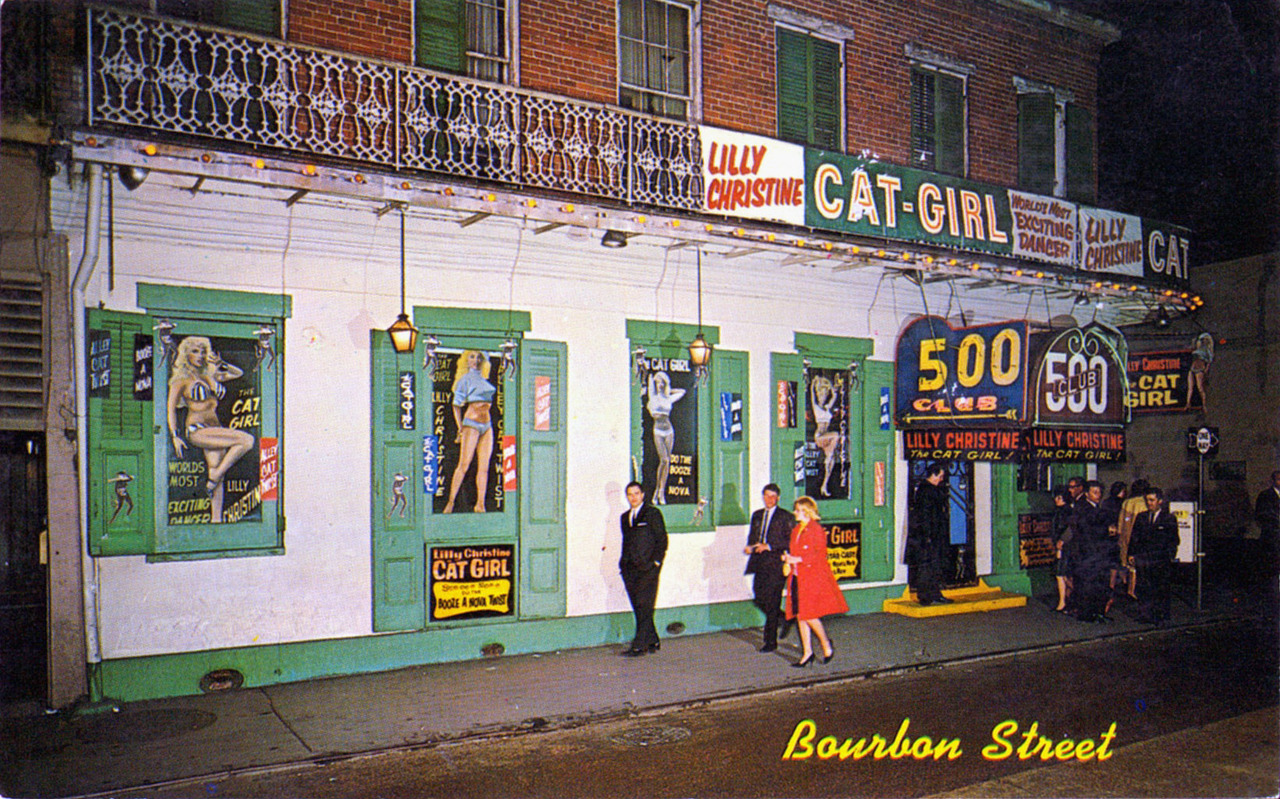
Leon Prima’s 500 Club on Bourbon Street
“I worked for Louis Prima’s brother Leon for four years at the 500 Club on Bourbon and St. Louis.” Years later, Sam recalled the joint in the heart of the French Quarter that featured hot jazz, honking and grinding R&B, and exotic dancers like Lilly Christine the Cat Girl and Alouette Leblanc the Tassel Twirler. “And I always loved Louis Prima. My mother and father used to tell me stories about him when I was a little boy growing up. Louis had his older brother, Leon. And then his sister Marianne was a nun. And then Louis. Louis was the baby. Louis Prima used to play at the Saenger Theatre in New Orleans when they had vaudeville and stuff in the theatres in New Orleans, and my mother and father loved the way he sang and loved the things that he did. I was always interested in meeting him one day, maybe getting a chance to work with him.”
The meeting happened the previous summer, when Sam was playing Sunday afternoon jam sessions at Perez’s Oasis, a club out on the Airline Highway in Metairie. “Louis Prima was working there. This is when Louis and Keely were, well… ‘on their last leg,’ you might say. They were there with a twelve-piece band, playing stock band arrangements, and things were not going well for Louis or Keely. Mr. Perez told Louis, ‘I got this kid.’ Kid. I was twenty-seven. He says, ‘I’ve got this young man who plays the Sunday afternoon jam session. Would you mind if he did it with you? Cause he has a wonderful following here.’ I had a hell of a following. And Louis said, ‘Of course not. It would be a pleasure.’ So I went out and I got an arrangement, walked on stage, told the guys the key and just played with the rhythm section. Never sang. Just did all instrumentals.
“Louis and Keely were very impressed with my performance — the way I handled myself and such onstage.”
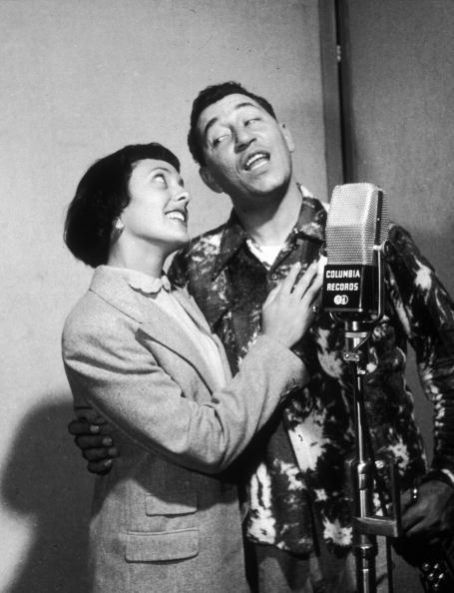
Keely Smith and Louis Prima, 1954
After the set, Louis pulled Sam into a corner for a little chat. “He said, ‘Well, we’ll be leaving here. I don’t know where we’re headed for, but –’ he said, ‘if ever something happens, I’d love to have you with me,’ and so on. I didn’t — you know, you hear one thing, in one ear and out the other. I said, ‘Well, whatever.’ You know, fine.”
Easy Rocking
Well, whatever. Fine. That’s about right. Louis may have been a New Orleans legend, but Sam Butera was the local hero, a prodigy, the golden child with a golden horn. Sam’s old man, a butcher who owned Poor Boy’s Grocery and Market, played guitar and concertina when he wasn’t chopping carcasses, and he encouraged his boy’s musical interests. Sam was seven when he picked up the saxophone. He turned pro at fourteen, blasting and grinding in every strip bar on Bourbon Street. His parents weren’t so happy about it, but Sam made some cash, the strippers paid him attention and he learned to improvise. The rest he learned on his own. “I didn’t have like they have back East, places where the big bands played. I didn’t have that to go and see the big bands. Only thing I had was a phonograph.”
At nineteen, Sam Butera was onstage at Carnegie Hall after winning an “outstanding teenage musician” talent contest sponsored by Look magazine. By then, he’d turned down scholarships at Notre Dame and had hit the road with Ray McKinley’s and Tommy Dorsey’s big bands. He’d mastered Dixieland, bebop jazz, and swing, and by the time Sam was fronting the Night Trainers (piano, bass, drums, and trombone), he was wailing and honking rhythm & blues and the first sounds of rock ‘n’ roll. And 1954? Not the time to pull up stakes and stop the train.
“No. Not Christmas. I got to spend Christmas home.”
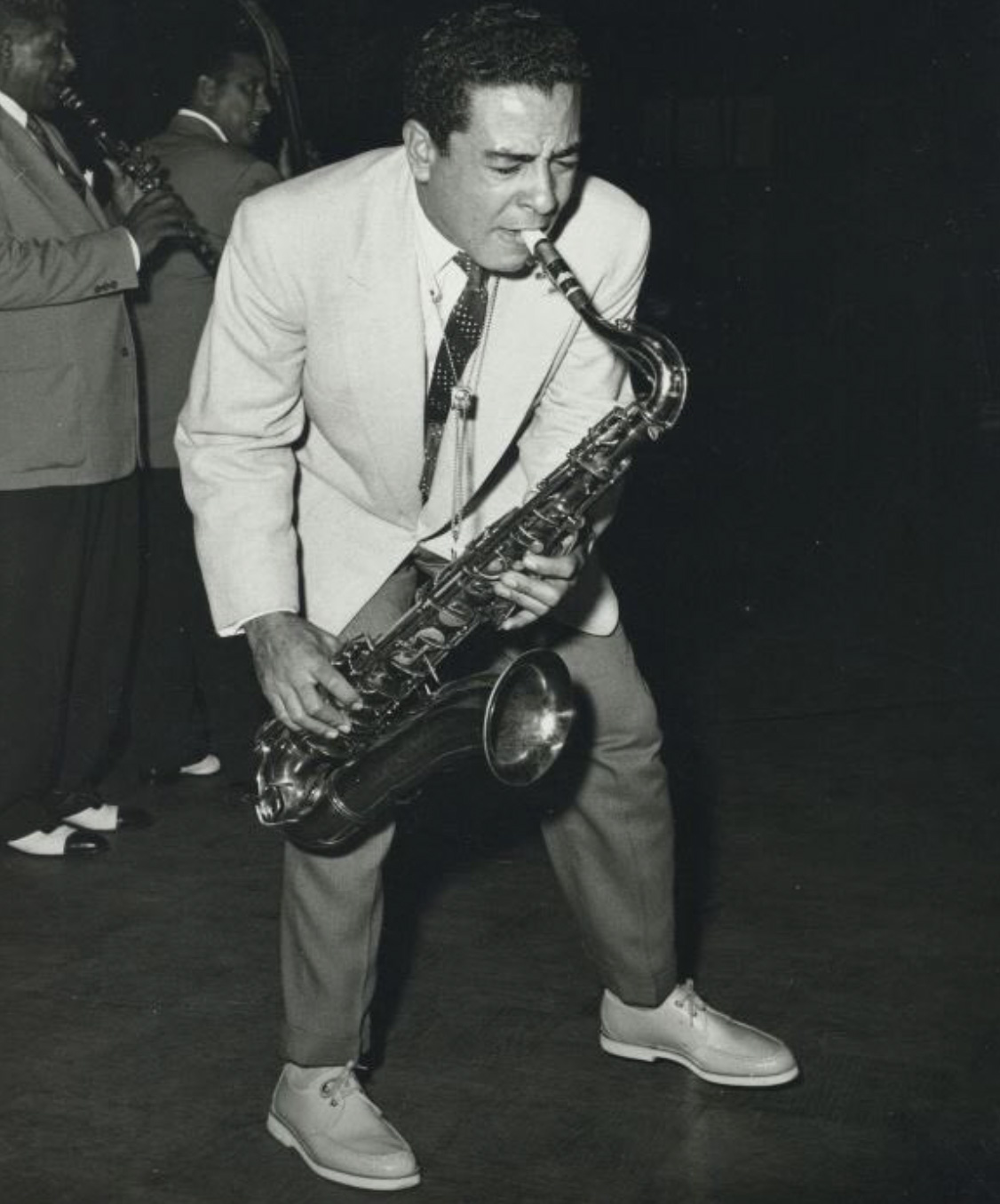
Young Sam Butera
Louis Prima was asking Sam to get on a plane to Las Vegas at a time the young man’s career was taking off. RCA Victor records had signed Sam as a solo artist in September 1953, and weeks later released his first single, “Chicken Scratch.” Variety gave the platter a rave: “Although ‘Chicken Scratch’ is strictly in the rhythm & blues groove, it has solid chances to make a dent in the pop market. Butera’s orch captures the driving beat for socko results.” The reviewer predicted that the flip side, “Easy Rocking,” “will pick up good share of the spins.” A quick and steady serving of singles followed on RCA Victor and its R&B subsidiary label, Groove.
“I was doing very well financially in New Orleans because of the hit records I’d had in the South. ‘Easy Rockin’’ was one.’ ‘Chicken Scratch.’ ‘These Are The Things I Love.’ ‘Shine The Buckle.’ I wrote that. All these things were hits in the South. And also in the East. Like Cleveland, they played the shit out of ‘These Are the Things I Love.’”
Moondog’s Cavalcade
The man playing the shit out of Sam’s record in Cleveland was a disc jockey who was about to become one of the most important and targeted figures in the industry. Alan “Moondog” Freed had found success serving up “race” music to a wide mainstream audience. Other stations played white cover versions of authentic black rhythm & blues records. Freed played the real thing, and took it a step closer to the audiences’ face with the idea of taking the artists whose records he played on tour, in big shows for racially-mixed audiences. Most in the crowd were surprised when the host who walked onstage was a white man.
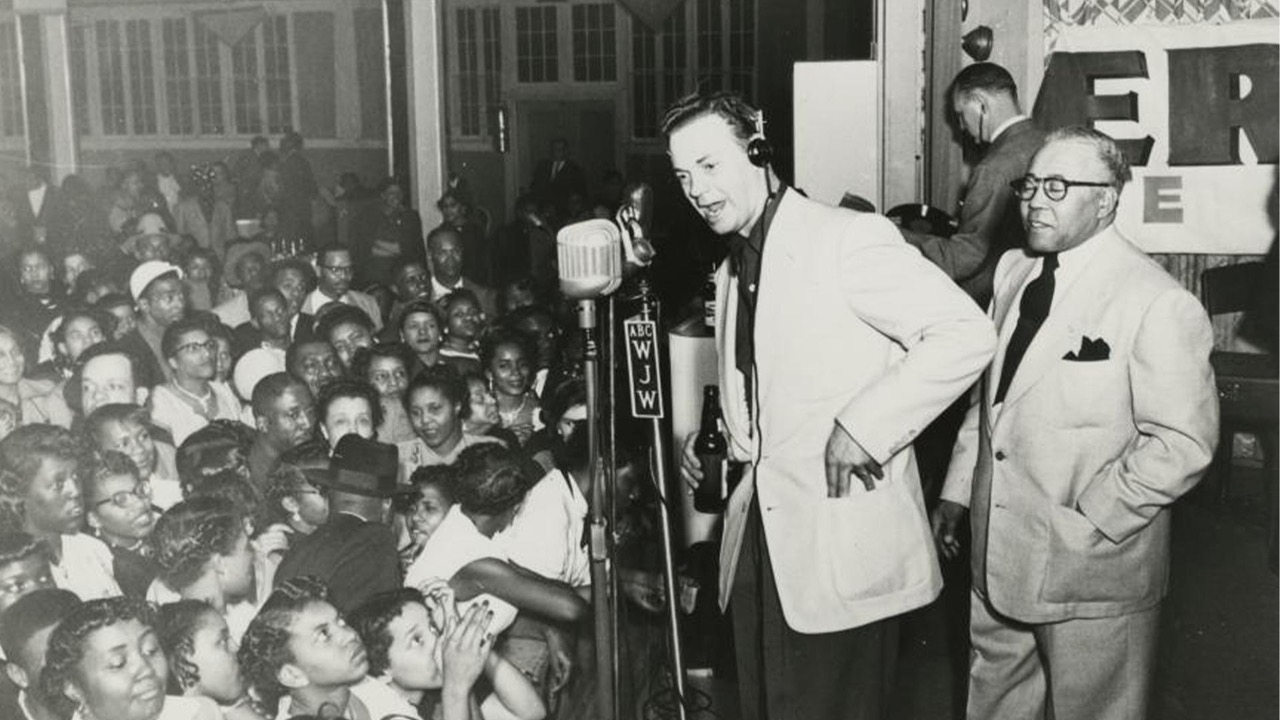
Alan Freed at the Moondog Coronation Ball
His first show took place on March 21, 1952 at the Cleveland Arena. Freed called it The Moondog Coronation Ball. There’d be little dancing at this ball. There was no room, as a mob of twenty-five thousand hepcats tried to fit into a hall that could hold ten thousand. Historians call it the first rock ’n’ roll concert. When the cops moved in to shut down the show after an hour, the papers called it the first rock ’n’ roll riot.
Not that it wasn’t a success. It was only the beginning. On the first of May 1954, Freed produced his first Moondog Coronation Ball outside of Ohio. The show in Newark, New Jersey, featured the “Cavalcade of Rhythm & Blues Stars,” a lineup that featured Sam Butera along with Black artists including the Clovers, Muddy Waters, Charles Brown, Arnett Cobb, and the Harptones, backed by jump pianist Buddy Johnson and his orchestra. Once again, there was no dancing at this Coronation Ball. Ten thousand people were packed inside the Sussex Armory, too tightly for any dancing, while three thousand were outside, trying to squeeze their way in.
The Billboard pointed out that “about twenty percent of the crowd was made up of white youngsters. Not since the hey-day of the swing bands has such a dance in the East created such excitement or pulled so strongly.” Race music, cat music, R&B, rock ’n’ roll – the kids wanted the music with a primal beat that made them dance, made them, in the parlance of R&B, want to rock ’n’ roll. Predicted The Billboard: “One of these days a smart dance hall operator with a good location is going to book some of these orcs with a beat… into his terp hall, and he is going to end up with the most profitable evening.”
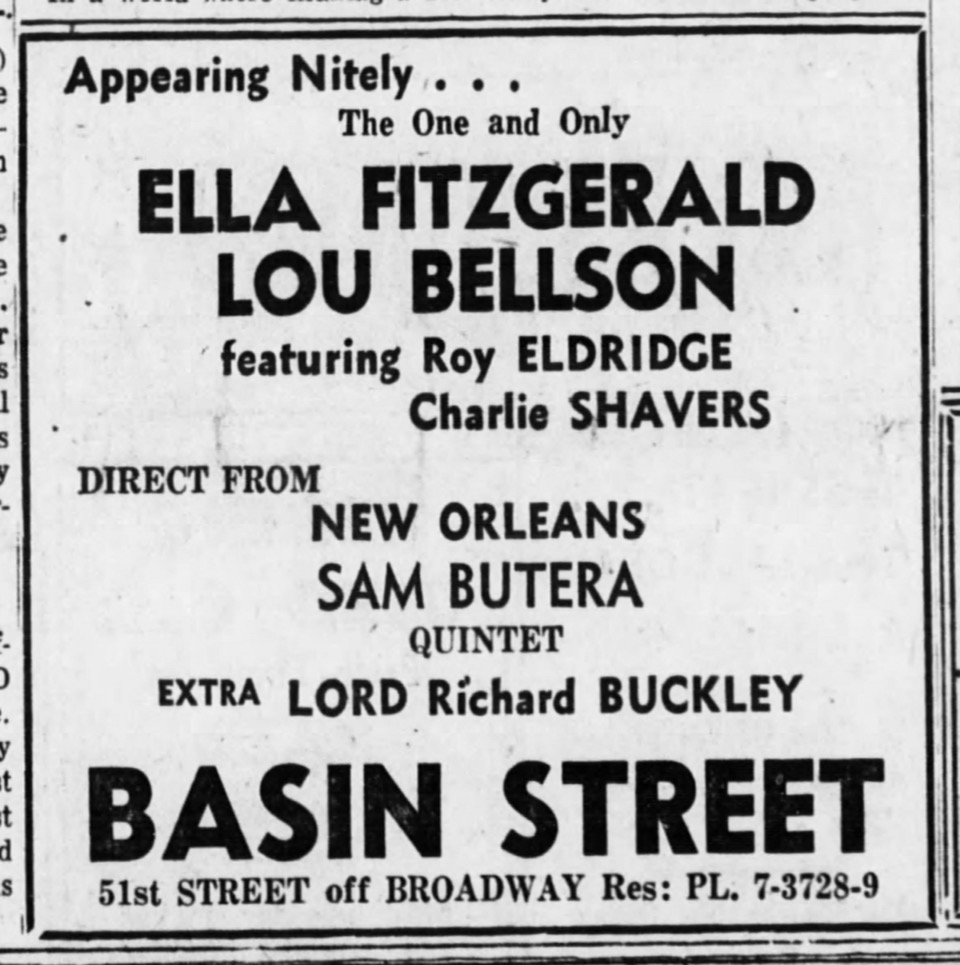
To swing or not to swing
On May 25, Sam and his Night Trainers were playing for a very different audience across the Hudson River, at the Basin Street nightclub in Manhattan. The group was on a bill headlined by Ella Fitzgerald and also featuring drummer Louis Bellson and jazz comic Lord Buckley. Opening night was a celebration of Ella’s nineteen years in the business and twenty-two million records sold. Dorothy Kilgallen wrote that “invitations to the soiree look like bids to Buckingham Palace,” and according to The Billboard, “practically everyone of note in the music business, as well as people from the theater and radio, turned out to do her homage.” Steve Allen was emcee. Heiress Doris Duke and her boyfriend, bebop pianist Joe Castro, were among those forced to stand because all the seats were taken.
The Billboard decided that Sam was a “good sax man and the group is okay, but his type of rocking blues is not for the modern jazz club here.” Variety though, called Sam’s group “top exponents of the r&b groove. They’ve got the beat down pat and know how to stir up plenty of listener enthusiasm with their driving style. Butera’s expert sax works sparks his aides for an overall exciting score.”
That night, Lord Buckley proposed in his hipster take on Hamlet: “To swing or not to swing? That is the hanger!” Sam swung, all right, and hard, and he could swing and rock for grown-ups as well as the kids. A player who could lay down the latest sounds and sell it to the squares was just what Louis Prima needed to fulfill his plan. Louis had an idea for a new act to surround his young wife and secret weapon, Keely Smith. With Sam, Butera, he had the sparkplug.
“So getting back to the time I was working at the Monteleone Hotel, all of a sudden I get a call. It’s from Louis Prima,” Sam remembered. “He said, ‘Las Vegas is happening for us!’ ‘Come tomorrow!’ I said, ‘Tomorrow’s Christmas!’ He said, ‘What’s the matter? What difference it make?’ I said, ‘No, I got to spend Christmas home.’’
Then Sam took about two more seconds to think about it.
“’I’ll be up on the twenty-sixth.”
“Well, bring a drummer and a piano player with you.”
“What about the money?”
“Don’t worry about the money!”
(IN PART TWO, it’s another phone call that changes Louis Prima’s life and career when he agrees to haul his pregnant young wife across the country and accept a two-week gig in a lowly Las Vegas casino lounge. Louis Prima changed the face of Las Vegas and made rock ‘n’ roll safe for mainstream America, but not in the way you may think, in the true story of the Casbar lounge, the Mary Kaye Trio, Cab Calloway, Bill Miller and the night Sam Butera came to town.)
999
Burt Kearns produces nonfiction television and documentary films and writes books, including Tabloid Baby, The Show Won’t Go On (written with Jeff Abraham), Lawrence Tierney: Hollywood’s Real-Life Tough Guy (available for pre-sale on Amazon.com), and the recently-announced Marlon Brando: Hollywood Rebel.


